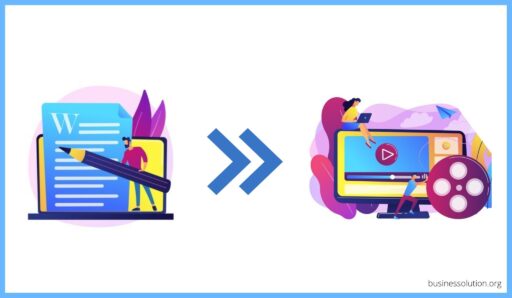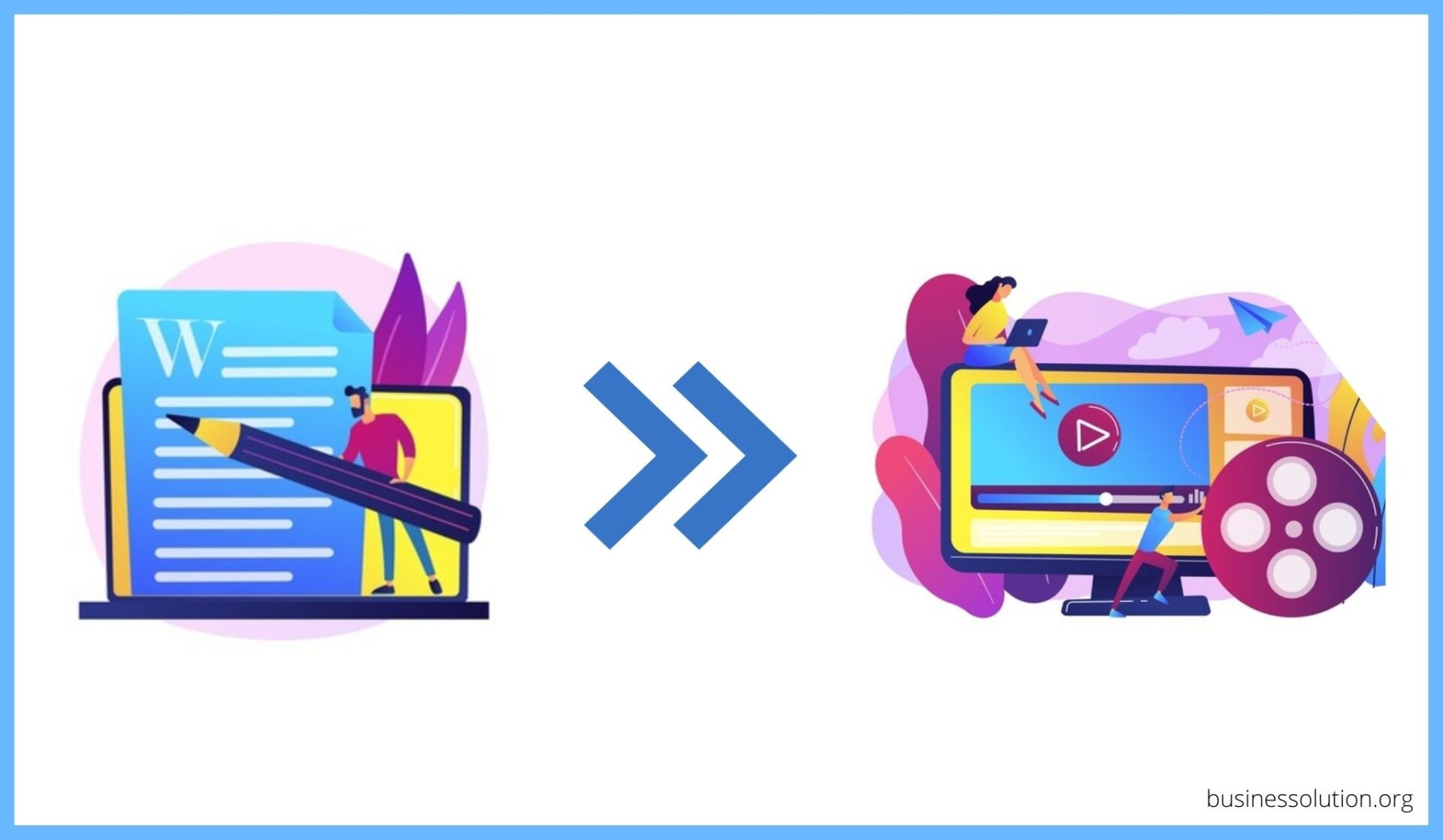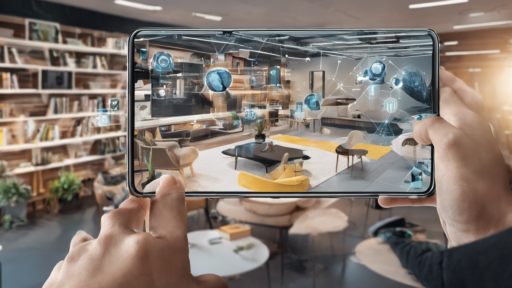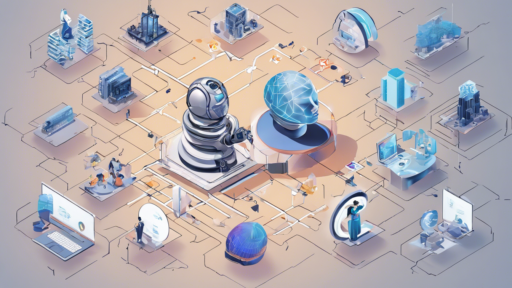Converting Text-to-video has always seemed like a frivolous and extremely difficult endeavour, the existing technology offers barely any choices or options when it comes to such conversions.
By developing a technology that gives audio and video options while preserving exceptionally high quality during the conversions, we rose to the task and exceeded our own expectations.
A case study of converting text to video while keeping high resolution and achieving high-efficiency results.
Business impact:
- Successfully converted complex texts into videos with high accuracy and resolution, leading to increased revenue growth by 34%.
- Achieved excellent accuracy lip-syncing utilising a variety of techniques that successfully incorporated different texts, which resulted in better-performing videos.
- Integrated various languages into the text-to-video converter so as to include a wider range of audience, thereby increasing users on the website by 45%.
- Helped increase conversion choices by offering various voice and video options.
Challenges faced
Converting text to video is an incredibly difficult task that requires using various state-of-the-art technology to detect various features and then converting them into a video form.
However, we were able to accurately and precisely translate these writings into videos utilising our highly sophisticated technology and algorithms.
Challenges faced during conversion
- Recognising language
Finding and analysing the texts requires analysing the writing and putting it through a database to identify the language, thus it is not a simple process and greatly complicates the conversion.
- Lip syncing
Lip synchronisation is one of the main challenges in text-to-video conversion; although there are many algorithms and programmes for it, they offer incredibly low resolution which is undesirable
- Voices database
Gathering and using a large database of voices for the conversion is not an easy task. It is essential to provide options for voice selection and speaker type while demonstrating this convergence, making it a very difficult endeavour.
Our solution
We employed a variety of methods and programmes to solve this text-to-video conversion problem in order to get the desired outcomes.
Such a solution required a large amount of training data and the application of the most recent GAN (Generative Adversarial Network) research.
After completing these steps, our team turned its attention to achieving high resolution in lip-syncing, which was challenging but ultimately successful.
But we didn’t stop there; we also integrated the conversion and high-resolution lip-syncing into the process to ensure that there was little to no lag, which produced excellent results.
Technology used
We started off by recording a ton of data from the most recent GAN (Generative Adversarial Network) research. After analysing and implementing this data, we began utilising lip sync software like Wav2lip.
The drawback of this method was that it provided incredibly low resolutions; to address this, we used tactics such CNN LSTM, SyncNet, and two-stream ConvNet architecture.
We were able to improve Wav2lip’s architecture with the aid of these techniques, which led to better outcomes and significantly higher resolutions.




